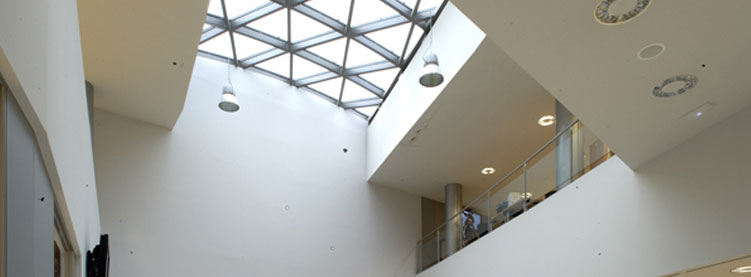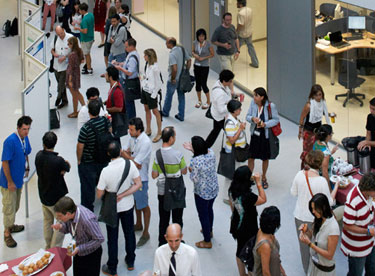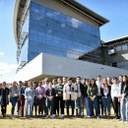
One more year the ALBA Synchrotron held the HERCULES European School. All week from 11th to 15th March was fully dedicated to the 20 young researchers from all over the world coming to learn the different techniques we have in our synchrotron.

Representatives of the European Regional Development Funds (ERDF) have visited the ALBA Synchrotron on the occasion of the Follow-up Committee of the ERDF Program of Catalonia 2021-2027.
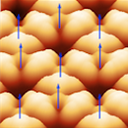
An international research team led by scientists from INMA and CFM in collaboration with the BOREAS beamline of ALBA achieve two-dimensional ferromagnetism on a metal-organic framework for the first time, a result that has been sought for the last two decades. This metal-organic network exhibits huge perpendicular magnetic anisotropy, large remanence at finite temperatures and a much larger coercive field than any other reported two-dimensional system, prone to be implemented as the thinnest magnet ever observed so far.
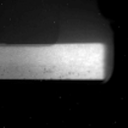
FaXToR, the 13th beamline of the ALBA Synchrotron and currently under construction, got for the first time synchrotron radiation in the optical hutch. This in an important achievement for the beamline and its scientists –Alessandra Patera (beamline responsible), Federico Cova and Victorien Bouffetier–, reached thanks to the contributions of many people. Congratulations to everybody that contributed to this result! This project has been co-funded with ERDF funds.

Researchers from the Norwegian University of Science and Technology found a new way to make small, targeted changes in a magnetic system called artificial spin ice (ASI). ASIs are materials with a wide range of emergent properties, such as computation. Controlling when, where, and how their magnetic domains change can be crucial for technological applications like physical reservoir computing. The new method has been called “astroid clocking” and the main experiment was performed at ALBA, at the PEEM branch of the CIRCE beamline, where the microscope resolves the magnetic state of each individual nanomagnet using synchrotron light.

